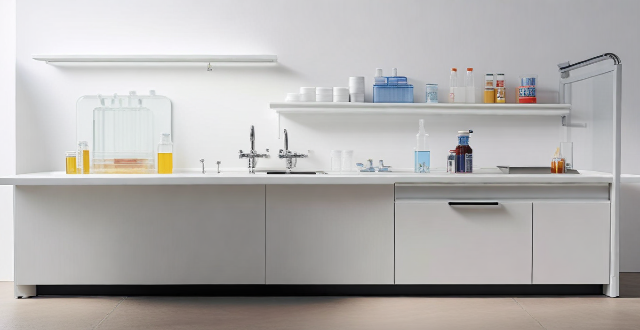In a laboratory setting, it is crucial to take measures to prevent the spread of infectious diseases. This includes wearing personal protective equipment (PPE), practicing proper hand hygiene, using biosafety cabinets for handling pathogens, and properly disposing of biohazardous waste. Regular cleaning and disinfection of surfaces and equipment is also essential, as well as following specific protocols for procedures like centrifugation and pipetting. By implementing these measures, the risk of infection can be significantly reduced.

Preventing the Spread of Infectious Diseases in a Laboratory Setting
In a laboratory setting, it is crucial to take measures to prevent the spread of infectious diseases. This is because laboratories often handle potentially hazardous materials and pathogens that can cause harm to both humans and animals. Here are some measures that should be taken:
General Measures
- Personal Protective Equipment (PPE): All personnel working in the laboratory must wear appropriate PPE such as gloves, gowns, masks, and eye protection. This helps to protect them from exposure to infectious agents.
- Hand Hygiene: Proper hand hygiene practices should be followed at all times. This includes washing hands with soap and water or using an alcohol-based hand rub before entering and exiting the laboratory, after handling samples, and after removing PPE.
- Respiratory Hygiene: Covering your mouth and nose with a tissue or elbow when coughing or sneezing can help prevent the spread of respiratory infections. Used tissues should be disposed of immediately, and hands should be washed afterwards.
- Cleaning and Disinfection: Regular cleaning and disinfection of surfaces, equipment, and instruments should be performed using appropriate disinfectants. Special attention should be given to high-touch surfaces like doorknobs, keyboards, and countertops.
- Waste Management: Biohazardous waste generated during laboratory activities should be properly disposed of according to established protocols. This includes sharps containers for needles and other sharp objects, as well as designated bins for infectious waste.
Specific Measures for Pathogen Handling
- Biosafety Cabinets: When handling potentially harmful organisms or performing procedures that generate aerosols, work should be done inside a biosafety cabinet. This ensures that airflow is controlled and contaminants are contained within the cabinet.
- Centrifugation: Centrifugation of samples containing infectious agents should be performed in sealed rotors to prevent aerosol formation. If open rotors are used, they should be decontaminated before opening.
- Pipetting: Care should be taken while pipetting to avoid creating aerosols or spilling infectious material. Use plugged tips or positive displacement pipettes where appropriate.
- Transport of Samples: Samples containing infectious agents should be transported in secure containers labeled with appropriate biohazard symbols. Double bagging of primary containers may also be necessary depending on the risk level.
- Animal Handling: If animals are used in research, they should be housed in appropriate facilities with strict biosecurity measures in place. Personnel handling animals must follow standard operating procedures to minimize the risk of transmission between animals and humans.
By implementing these general and specific measures, the spread of infectious diseases in a laboratory setting can be significantly reduced. It is important to regularly review and update safety protocols based on new information about emerging pathogens and best practices in infection control.